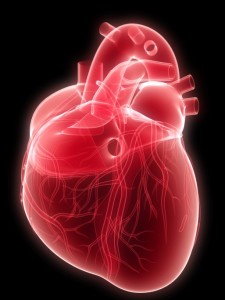Medical Breakthroughs: Heart in a Box
In our December issue, we wrote about 14 medical breakthroughs that are changing the way doctors practice medicine — and what patients can expect. There were hand and face transplants, new smart medicines that target misfiring, cancer-causing genes, and the promise of custom-grown organs.
We can now add to that list the country’s first “heart-in-a-box” transplant.
Already this year, surgeons at Massachusetts General Hospital reported the procedure had been completed successfully on 40-year-old New Hampshire resident, Amy DeStefano. Organ transplantation is a tricky business. Not only do patients have to match their donor perfectly, there’s also a very real time clock on how quickly the procedure must be done before the donor tissue begins to die. In typical heart transplants, the donor heart is immediately iced, which keeps it viable for about six hours.
However, according to reports, about half of the to-be-transplanted hearts don’t survive the transit time it takes to reach the recipient. But not anymore. TransMedics, Inc., based out of Andover, developed technology that keeps the heart alive for up to 12 hours by pumping nutrient-rich, oxygenated blood through it. If that sounds like a beating heart in a box, it sort of is. (To learn more, check out the Globe‘s story.)
Surgeons studying the technology on the West Coast say it could dramatically increase access to donor organs by keeping hearts alive long enough to travel longer distances — say from the East Coast to the West.
DeStefano is expected to return home within the next few days.
And just because I can’t resist, here is a video link to another organ-in-a-box video. Which is not to diminish from the seriously cool science that’s going on with transplant technology, but because it’s hard to think of anything in a box without having this video come to mind.



